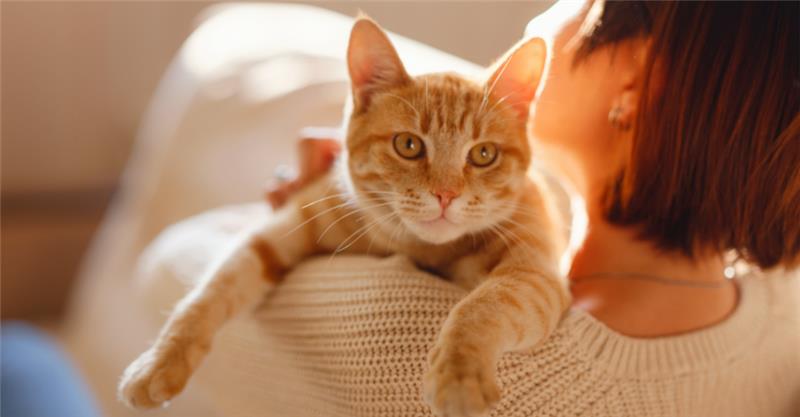Cats are fascinating creatures with a unique and complex way of communicating. While they might not bark or wag their tails like dogs, their subtle cues can convey their needs and emotions if you know what to look for.
Getting Vocal: A Special Language
Cats don’t just meow randomly. Their vocalisations are usually directed at humans rather than other cats. Here are some common sounds and what they may mean.
- Meowing: Often a call for attention, whether they’re asking for food, play, or simply acknowledging your presence.
- Purring: While usually a sign of contentment, purring can also be a self-soothing mechanism when a cat is stressed or in pain.
- Hissing or Growling: Defensive sounds, signalling fear, discomfort, or a warning to back off.
- Chirping and Chattering: These sounds are frequently heard during hunting or playtime and may express excitement or frustration.
Interestingly, some breeds, such as Siamese or Russian Blues, are more vocal and may engage in near-constant "conversations" with their humans.
Body Language
Cats rely heavily on body language to communicate their moods and intentions. Paying attention to their overall demeanour can provide valuable insight into their emotional state.
Tail Talk
- Upright Tail: A friendly greeting or sign of happiness.
- Rapidly Wagging Tail: Indicates excitement or conflicting emotions.
- Puffed-Up Tail: A classic sign of fear or aggression.
- Twitching Tail Tip: Reflects slight excitement or interest.
Expressive Eyes
- Wide Open Eyes: Show alertness, curiosity, or a sense of threat.
- Slow Blinks: Communicate trust and affection. Try blinking back slowly!
- Dilated Pupils: Sign of excitement, fear, or readiness to hunt.
Ears as Mood Indicators
- Forward Ears: Relaxed and attentive.
- Flattened Ears: Sign of fear, aggression, or defence.
- Twitching Ears: May indicate irritation or nervousness.
Physical Touch
- Head Bunting: Rubbing their head against you is a gesture of affection and trust.
- Kneading: Often a comforting behaviour linked to kittenhood, it signifies contentment.
Behavioural Signals
Cats often display a mix of courage and caution, especially in tense situations.
- Fear: A frightened cat will crouch low to the ground, with ears flattened and a puffed-up tail tucked tightly against their body.
- Confidence: A cat lying on their back with their belly exposed shows trust, feeling safe enough to be vulnerable. However, this doesn't mean they want belly rubs, attempting to touch them may provoke defensive swipes.
Building a Bond
Cats might seem independent, but they’re always communicating. You just need to tune into their nonverbal cues. Building trust starts with paying attention to their body language and respecting their signals. If your cat suddenly acts aggressively or acts out a lot, it’s a good idea to check for things such as pain or illness that could be causing it.



